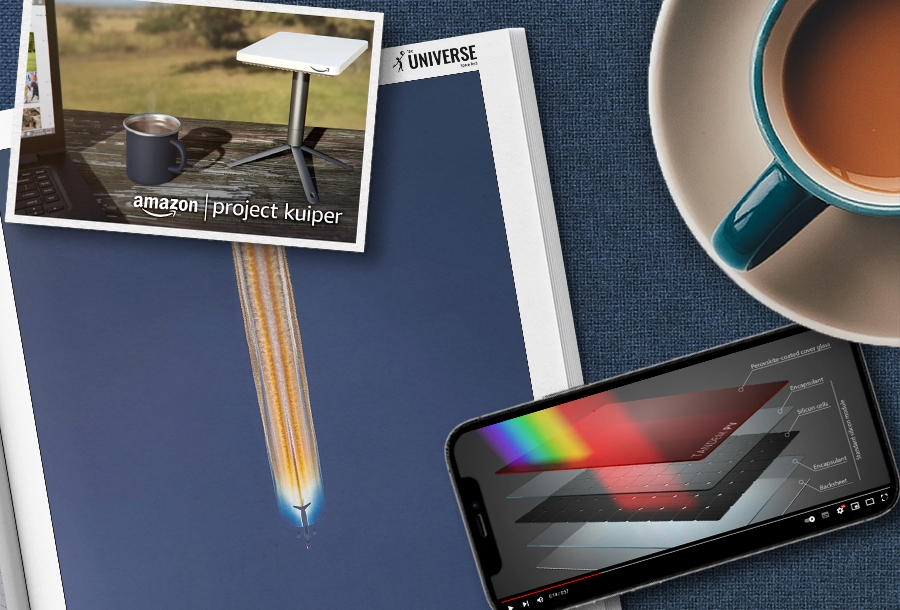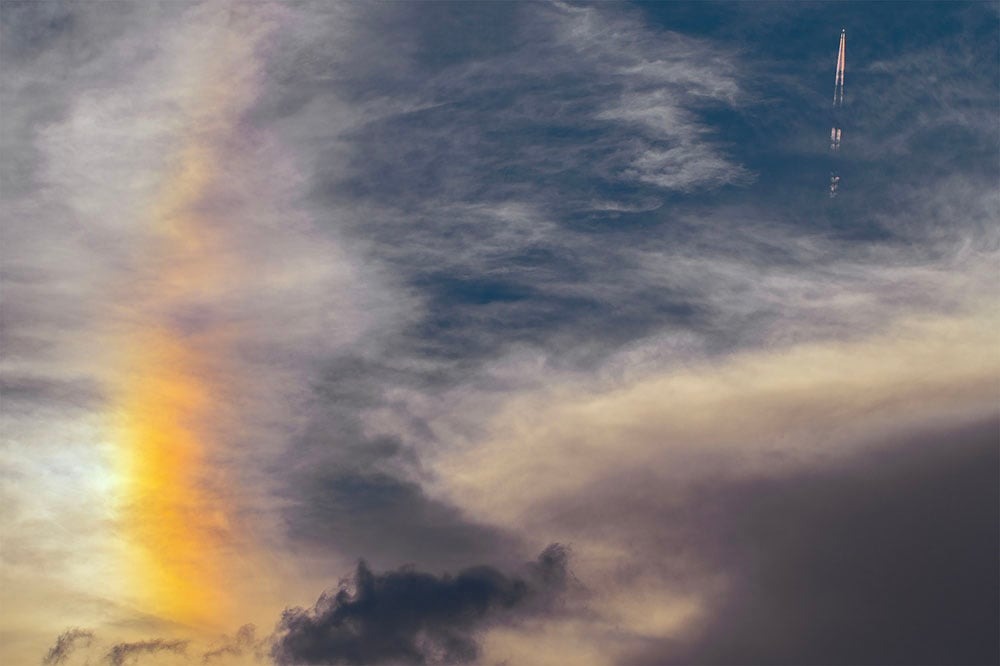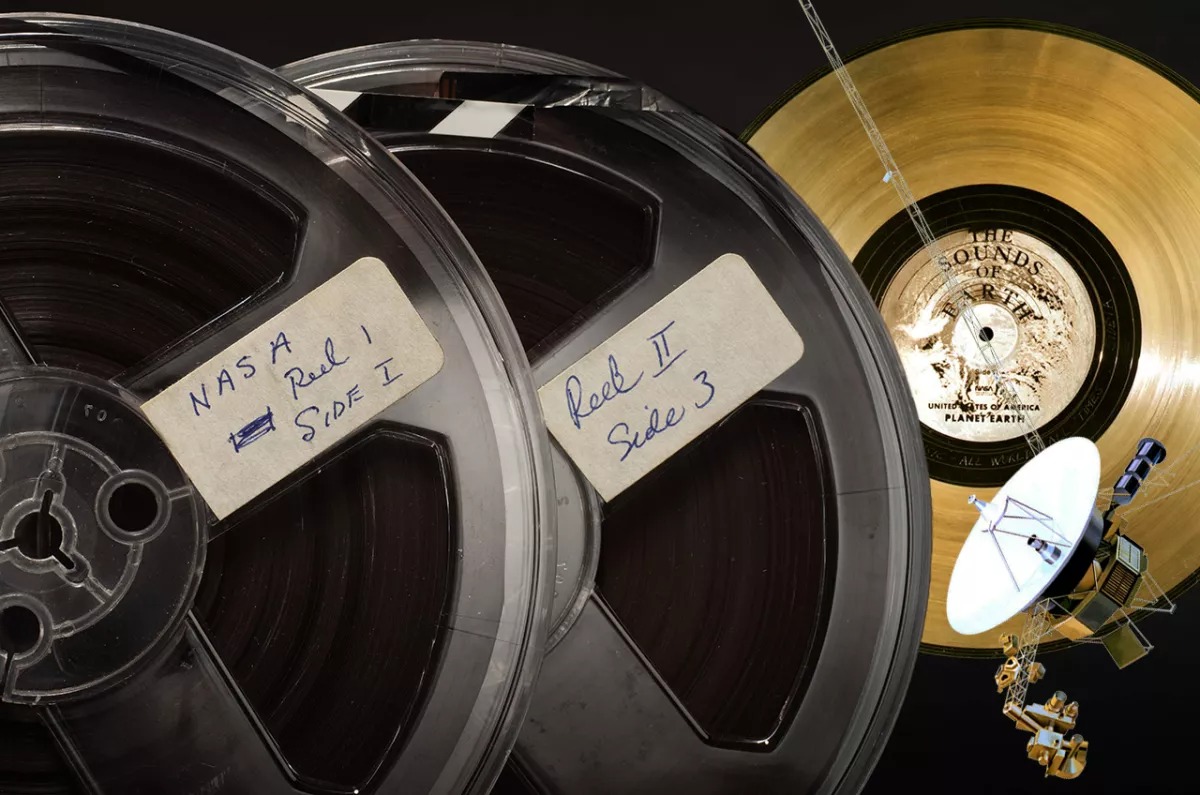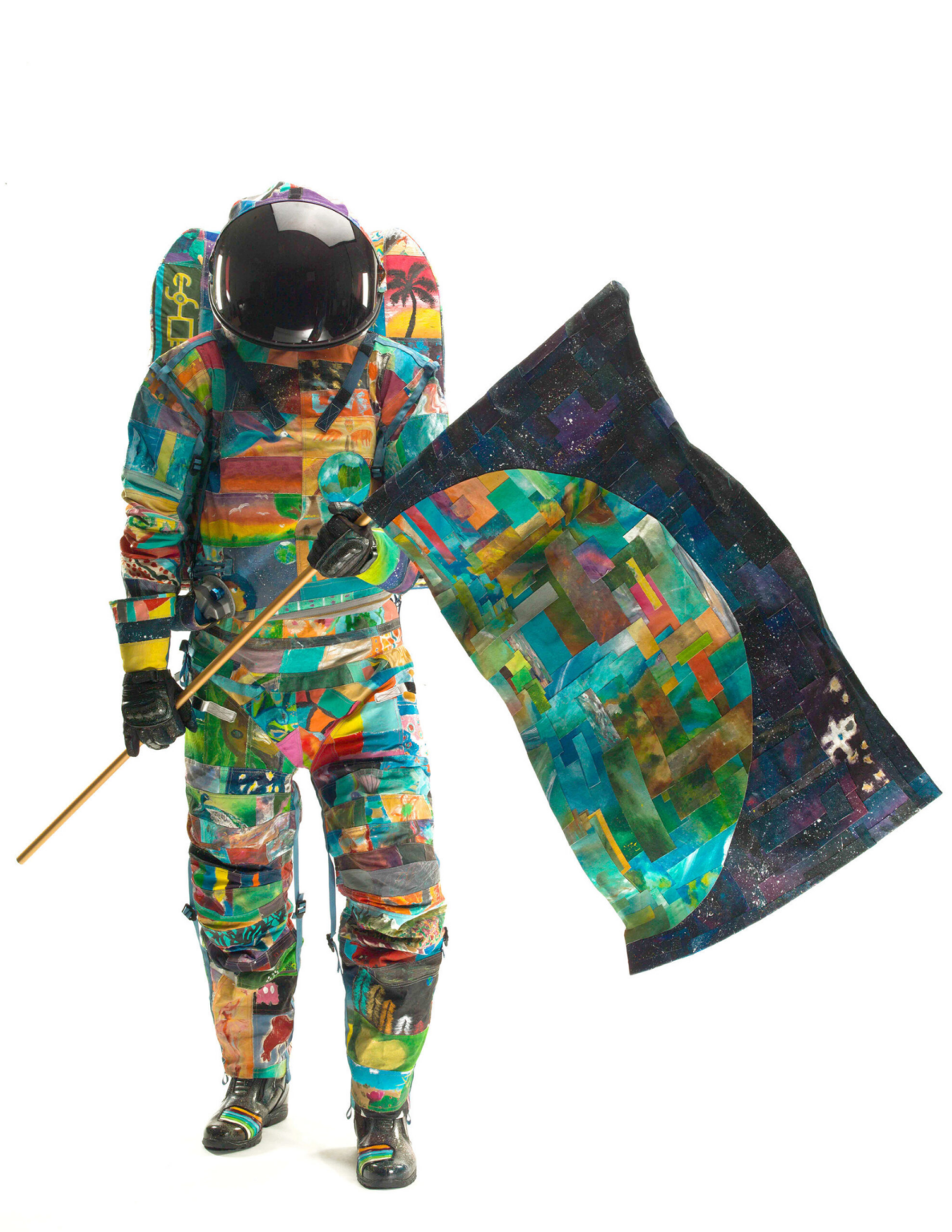Selection of the most interesting space news for the week: Scientists have developed self-repairing solar panels after cosmic radiation; communication on the ISS was lost due to power outages, and we are telling whether microgravity will help in solving cancer problems.

“The very foundation of science is to keep the door open to doubt.”
― Carlo Rovelli
Innovative solar panels can regenerate after damage in space
Newly developed solar panels can regenerate after being damaged by cosmic radiation. The new discovery promises to make power supplies for satellites and spacecraft more stable and reliable in the future.
The type of solar panels known as Perovskite solar cells (PSC) has previously shown great potential for use in space. They are light and relatively inexpensive to manufacture. Moreover, such solar panels convert solar radiation into electricity with a high level of efficiency. However, they must withstand a high-energy barrage of proton particles in space. In laboratory conditions created to simulate the effects of proton radiation for tens or even hundreds of years, the researchers tested ultrathin substrates for solar cells suitable for use on satellites. Australian researchers have discovered that Perovskite solar cells damaged by proton radiation can fully restore their efficiency by heat treatment in vacuum.
Amazon to build Satellite Data Center at Space Florida’s Spaceport
Amazon has a bold plan to become a competitor to SpaceX’s Starlink space Internet. But before starting commercial operation, a lot of preparatory work needs to be done.
Amazon’s Project Kuiper service will also be powered by several thousand small satellites in low Earth orbit, designed to provide fast and affordable broadband Internet access to communities around the world. Moving toward its goal, the company recently announced that it would invest USD 120 million in a satellite data center at the Space Florida Spaceport at the Kennedy Space Center. The 30,000-square-meter facility will prepare and integrate satellites using a United Launch Alliance (ULA) or Blue Origin rocket at the last stage before launching into space from the nearby Cape Canaveral spaceport.
Power outages led to loss of communication with the International Space Station
On Tuesday, July 25, NASA lost contact with the International Space Station for several tens of minutes. This happened due to power outages. The crew on board was not in any danger at that time. The loss of communication with the ISS is one of the biggest fears about the development of near-Earth space among those who live in the mass consciousness. And NASA is really worried about this. In particular, they are well aware that the loss of contact can occur for completely earthly reasons. For example, a space center can be damaged by a hurricane, they happen quite often in Texas. In this case, a backup center has been built a few kilometers from Houston, capable of performing all the same functions as the main one. However, this time, they decided not to use it.
NASA will finance the development of promising lunar technologies
NASA has announced the issuance of 11 contracts for the development of promising technologies that will ensure the long-term stay of people on the Moon and beyond. The contracts were issued as part of the Tipping Point program. They will be funded by NASA together with industry partners. The total monetary contribution of the aerospace administration will amount to USD 150 million.
The following companies became recipients of the contracts:
- Astrobotic Technology, $34.6 million — Experiment on power transmission on the Moon.
- Big Metal Additive, $5.4 million — Study of the creation of space habitation structures with additive manufacturing.
- Blue Origin, $34.7 million — Power on the Moon based on the use of local resources.
- Freedom Photonics, $1.6 million — Highly efficient lidar for remote sensing of the Earth.
- Lockheed Martin, $9.1 million — Demonstration of space technologies.
- Redwire, $12.9 million — Manufacture of infrastructure from lunar regolith
- Protoinnovations, $6.2 million — COTS onboard software architecture for lunar surface movement operations
- Psionic, $3.2 million — Verification of landing technology on no-light areas of the Moon.
- United Launch Alliance, $25 million — Demonstration of inflatable heat shield technology.
- Varda Space Industries, $1.9 million — Technology transfer and commercial production of carbon ablator with phenolic impregnation
- Zeno Power Systems (Washington), $15 million — Universal radioisotope power source based on Americium-241 for the Artemi program
Scientists create a high-temperature superconductor
A group of Korean scientists has announced the creation of a material that demonstrates the properties of a superconductor at room temperature. This makes it possible to create flying vehicles and extremely powerful computers that do not overheat. So far superconductivity has only occurred at very low temperatures. Recently, scientists have already received materials that demonstrate it at room temperature, but they work only under high pressure conditions. In the space industry, this could also be the beginning of a real revolution. After all, it makes it possible to develop superconducting magnets that will create a magnetic field for reliable plasma retention inside themselves. And this will make thermonuclear reactors and engines possible.
Photo of the week

Photographer Soumyadeep Mukherjee from India simultaneously managed to capture the rainbow exhaust contrails coming out of the back of a commercial aircraft, as well as the phenomenon of parhelion. Contrails in the sky, which are left behind by aircraft, mainly consist of condensed water vapor from aircraft engines. Rainbow contrails are created by individual water droplets that diffract sunlight.
Interesting figure — 600 thousand dollars

On July 27, Sotheby’s will put up for auction a copy of the master tapes owned by Carl Sagan and Ann Druyan. It was used to create the Golden Record, an audiovisual time capsule that was attached to the body of the Voyager 1 and Voyager 2 space probes. These probes are now farther from Earth than any other man-made objects. Applications for the Golden Record master tapes will be accepted until July 27, 2023. It is expected that their cost will be from 400 thousand to 600 thousand US dollars.
Something to read on the weekend

Cancer is the second leading cause of death from diseases on Earth, and it is likely to become the leading cause by 2030. Currently, 200 million people suffer from this deadly disease, and 8.2 million people die from it every year. Billions of dollars spent on inventing some miracle cure for cancer have not yielded the desired results up to date. Among the research platforms available to scientific institutions and pharmaceutical companies, the laboratory on the International Space Station (ISS) stands out. Will microgravity help in solving cancer problems?
In the early 1970s, humanity finally became convinced that the Martian canals were just an illusion. However, already in 1977, it became known about a new object that could be regarded as evidence that a developed civilization once existed on the Red Planet. We are talking about the famous “face on Mars”, or the “Martian sphinx”. The editors of The Universe Space Tech destroys myths and tells what it is.
Follow us on Twitter to get the most interesting space news in time
https://twitter.com/ust_magazine
